The National Institute for Occupational Safety and Health (NIOSH) responded to the Deepwater Horizon containment and cleanup
On May 28, 2010, the National Institute for Occupational Safety and Health (NIOSH) received a request for a…

On May 28, 2010, the National Institute for Occupational Safety and Health (NIOSH) received a request for a…

On Oct. 13, 2009, environmentalist and former genetics professor David Suzuki received the Right Livelihood Award for his…
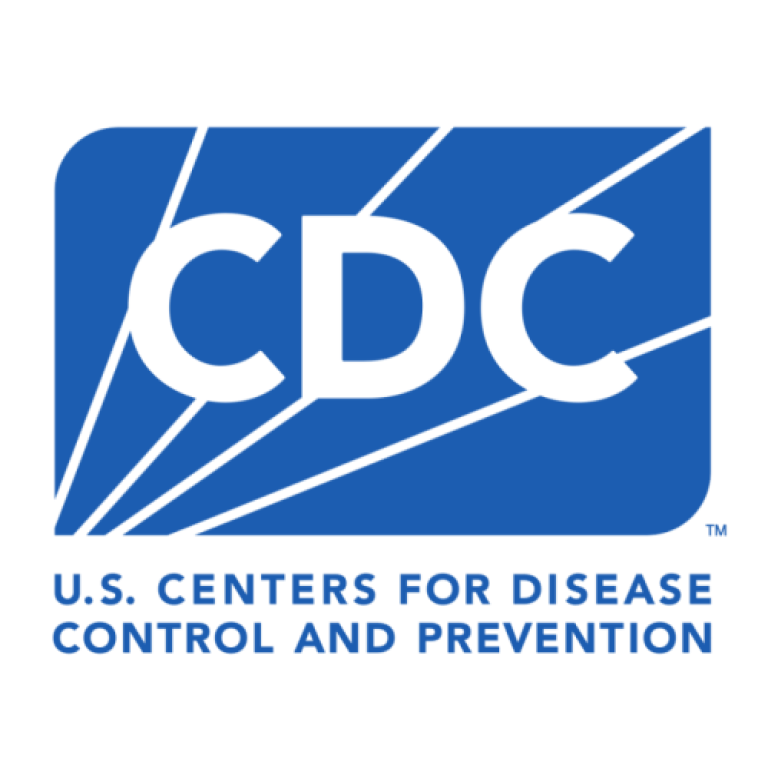
In 2009, the U.S. Centers for Disease Control and Prevention (CDC) addressed widespread asbestos contamination in Libby, Montana….
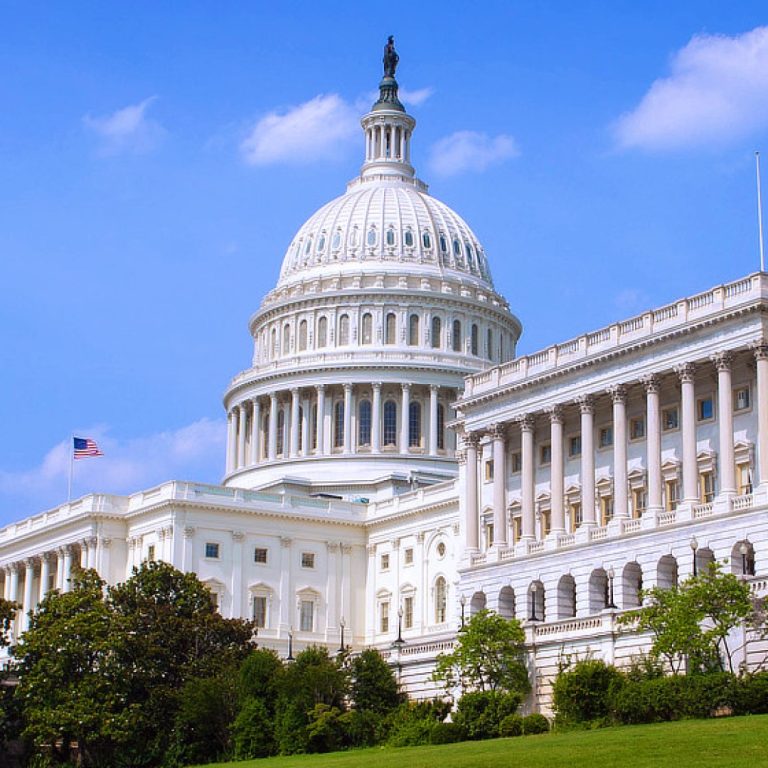
On May 13, 2008, the U.S. Congress passed the Breast Cancer and Environmental Research Act which amended the…
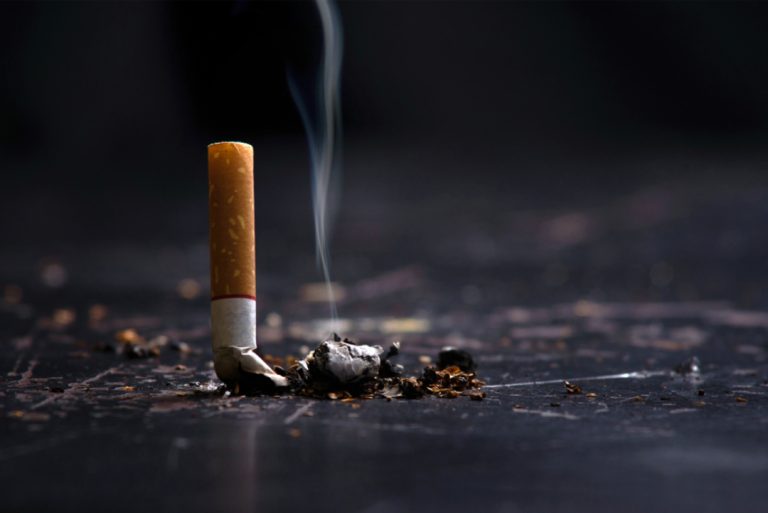
On Jun. 27, 2006, the U.S. Surgeon General released a report on the harmful health consequences of involuntary…

On Jan. 17, 2006, researchers at the University of California, San Diego (UCSD) announced the development of a…

On Aug. 29, 2005, the U.S. Centers for Disease Control and Prevention (CDC) responded to the crises presented…

In 2005, the Georgia Legislature passed the Smoke Free Air Act, banning indoor smoking in publicly accessible buildings,…

Apr. 14, 2004, the National Center for Vermiculite and Asbestos-Related Cancers was established in Michigan in response to…

On Apr. 10, 2000, the Oregon Health Science Centers (OHSU) Center for Research on Occupational and Environmental Toxicology…
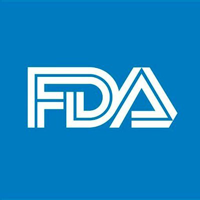
On Nov. 21, 1997, the FDA Modernization Act (FDAMA) was signed into law, amending the Food, Drug and…

In August 1997, Thomas Brock and undergraduate student Hudson Freeze published their discovery of Thermus aquaticus, which they…
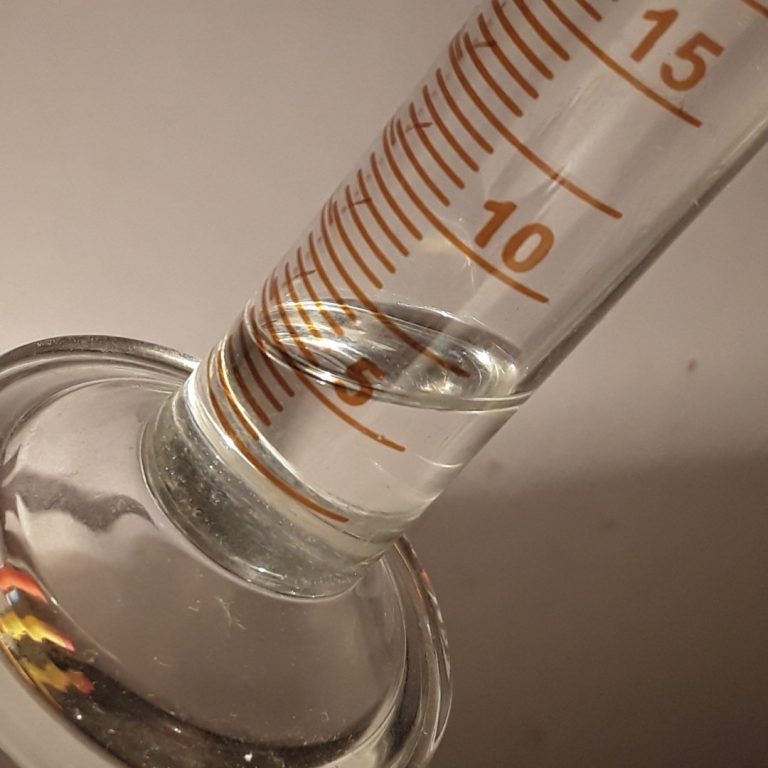
In 1997, the National Cancer Institute (NCI) and Chinese scientists found that occupational exposure to benzene is associated…

Dec. 5, 1996, marked the first time that all home buyers and tenants have the right to know…

On Jan. 29, 1996, Environmental Protection Agency (EPA) Administrator Carol M. Browner took the last steps concluding a…

In 1996, the U.S. Centers for Disease Control and Prevention (CDC) found evidence of tobacco smoke exposure in…

On Sept. 27, 1995, a series of proposed reforms to reduce regulatory burden on pharmaceutical manufacturers were announced….

On Aug. 22, 1995, the Environmental Protection Agency (EPA) approved the commercial production and distribution of the Bt…

On Jun. 10, 1993, the U.S. Congress signed the National Institutes of Health Revitalization Act, P.L. 103-43. The…

In 1992, the Center for Research on Occupational and Environmental Toxicology (CROET) building opened on the Oregon Health…
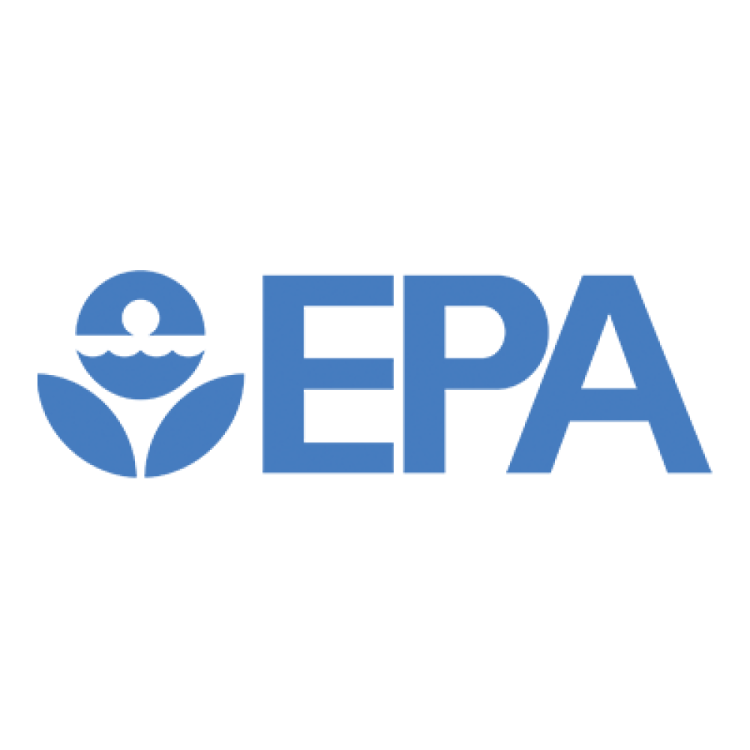
On Jun. 27, 1991, the U.S. Environmental Protection Agency (EPA) approved two pesticides containing genetically engineered bacteria, marking…
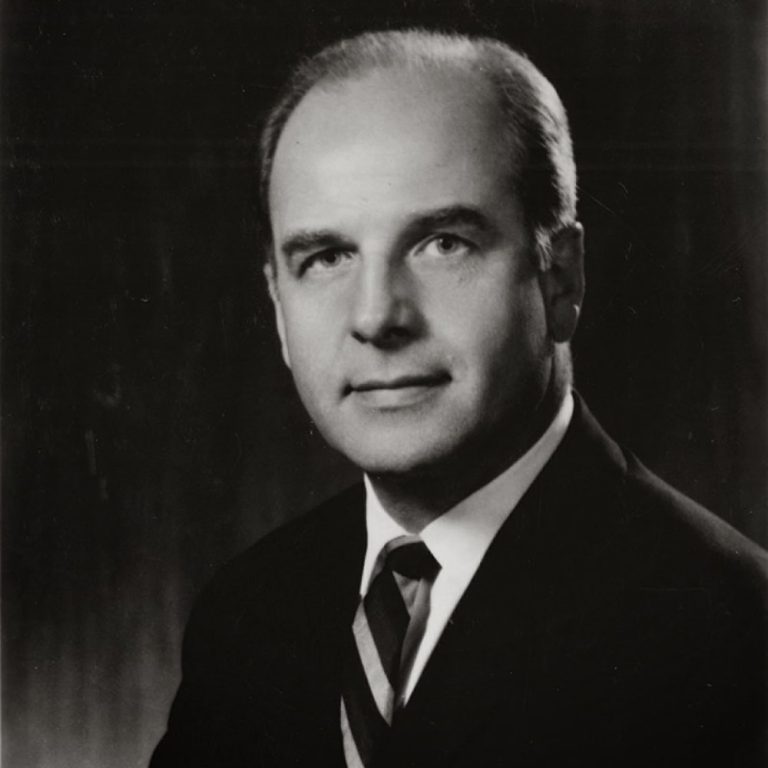
On Apr. 22, 1990, the second Earth Day was celebrated by more than 225 million people. The first…
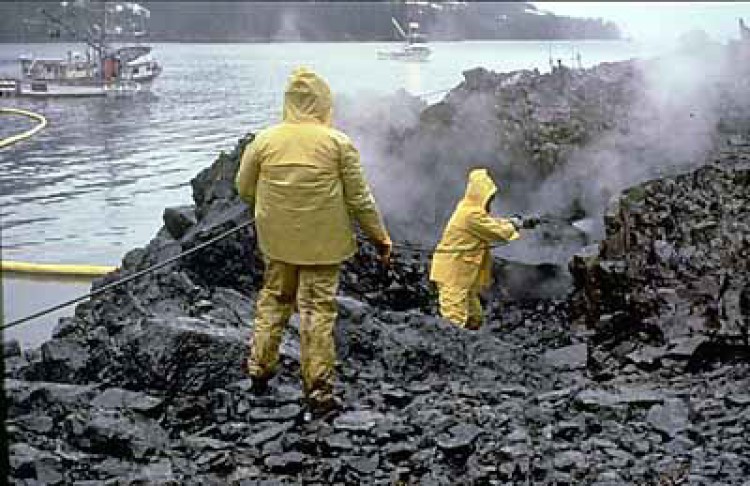
In 1990, the first tests and applications of microbials to combat oil spills were used with the Exxon…

In 1990, the Safe Water System (SWS) was developed by the U.S. Centers for Disease Control and Prevention…

On Mar. 24, 1989, the oil tanker Exxon Valdez ran aground in Prince William Sound, Alaska, spilling 11…

On Mar. 31, 1988, the U.S. Congress enacted the National Space Grant College and Fellowship program and authorized…

In 1988, scientists at the University of Georgia’s Savannah River Ecology Laboratory find 10 times more genetic diversity…

On May 26, 1987, vandals uprooted approximately 3,000 potato plants being studied with ice-minus bacterium on a half-acre…

On Apr. 29, 1987, University of California, Berkeley plant pathologist Steven Lindow field-tested genetically altered Pseudomonas syringae (known…

On Apr. 24, 1987, Advanced Genetic Sciences (AGS) sprayed Frostban on an acre of strawberry plants in Brentwood,…